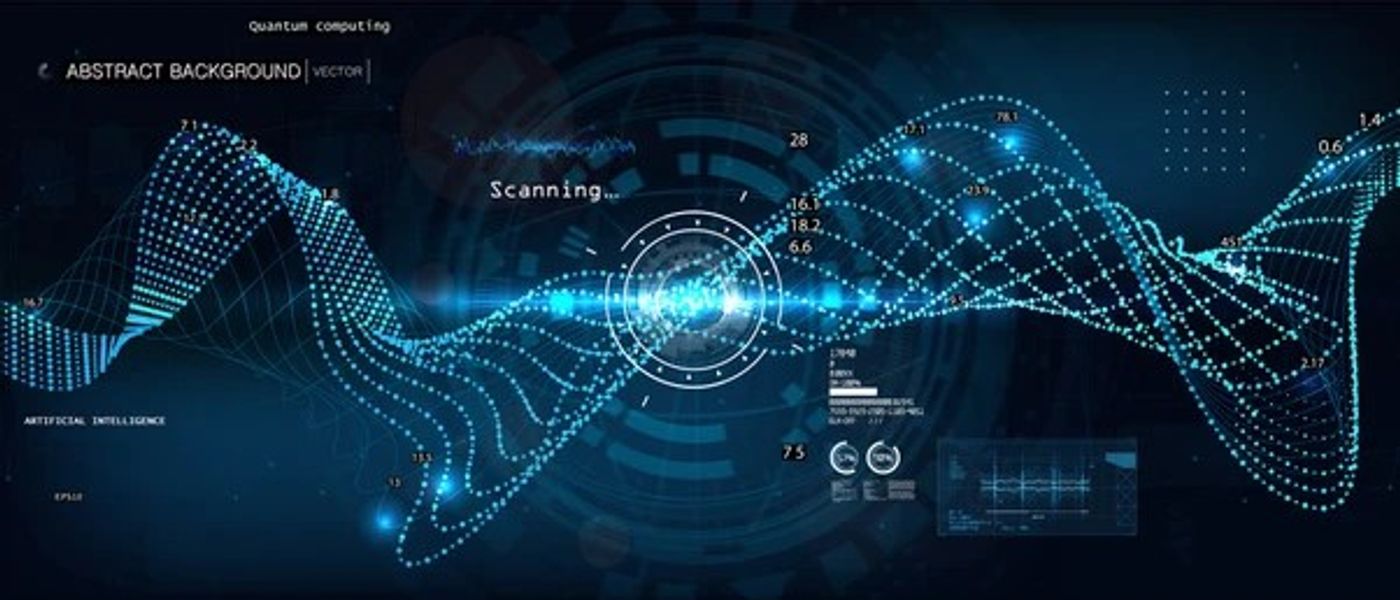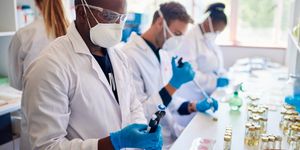Computational power unleashed with quantum digits
In a recent study published in Nature Physics, researchers at the University of Innsbruck, Austria, have unleashed the hidden computational resources that are within nearly all of the quantum devices of today. Up until now, this hidden power has been in the form of ones and zeroes, also known as binary information, which have been the foundation of computers for decades. While quantum computers are also designed using binary information, this study demonstrates that more can be achieved.
"The building blocks of quantum computers, however, are more than just zeros and ones," explains Martin Ringbauer, an experimental physicist from Innsbruck, and lead author of the study. "Restricting them to binary systems prevents these devices from living up to their true potential."
Using so-called quantum digits (qudits), the research team was successful in building a quantum computer capable of performing arbitrary calculations, thus unleashing more computational power with less quantum particles.
While storing data using binary information is the simplest method, it’s not the most efficient. However, it is because of its simplicity that binary information has become the unquestioned method for classical computers. On the other hand, quantum computing stores data using individual trapped Calcium atoms, which have eight different states but only two are used to store data. This means that all existing quantum computers possess more states than they utilize for computation.
"Quantum systems naturally have more than just two states and we showed that we can control them all equally well," says Thomas Monz, an experimental quantum physicist at the Department of Experimental Physics at Innsbruck, who also led the study.
By computing with qudits, the research team unleashed the full potential of these Calcium atoms, and compared to classical computers, using more states does not decrease the reliability of the computer.
"Working with more than zeros and ones is very natural, not only for the quantum computer but also for its applications, allowing us to unlock the true potential of quantum systems," explains Martin Ringbauer.
Sources: Nature Physics
As always, keep doing science & keep looking up!



![Master Lab Weighing: Accuracy, Compliance & Audits [eBook]](https://d3bkbkx82g74b8.cloudfront.net/eyJidWNrZXQiOiJsYWJyb290cy1pbWFnZXMiLCJrZXkiOiJjb250ZW50X2FydGljbGVfcHJvZmlsZV9pbWFnZV85MWRmZmRjMDIwNDBlMWJjMzYwN2ZiYWY2ZjI4ZGMzYzBmZGMwZGMyXzkxOTcucG5nIiwiZWRpdHMiOnsidG9Gb3JtYXQiOiJqcGciLCJyZXNpemUiOnsid2lkdGgiOjcwMCwiaGVpZ2h0IjozNTAsImZpdCI6ImNvdmVyIiwicG9zaXRpb24iOiJjZW50ZXIiLCJiYWNrZ3JvdW5kIjoiI2ZmZiJ9LCJmbGF0dGVuIjp7ImJhY2tncm91bmQiOiIjZmZmIn19fQ==)





